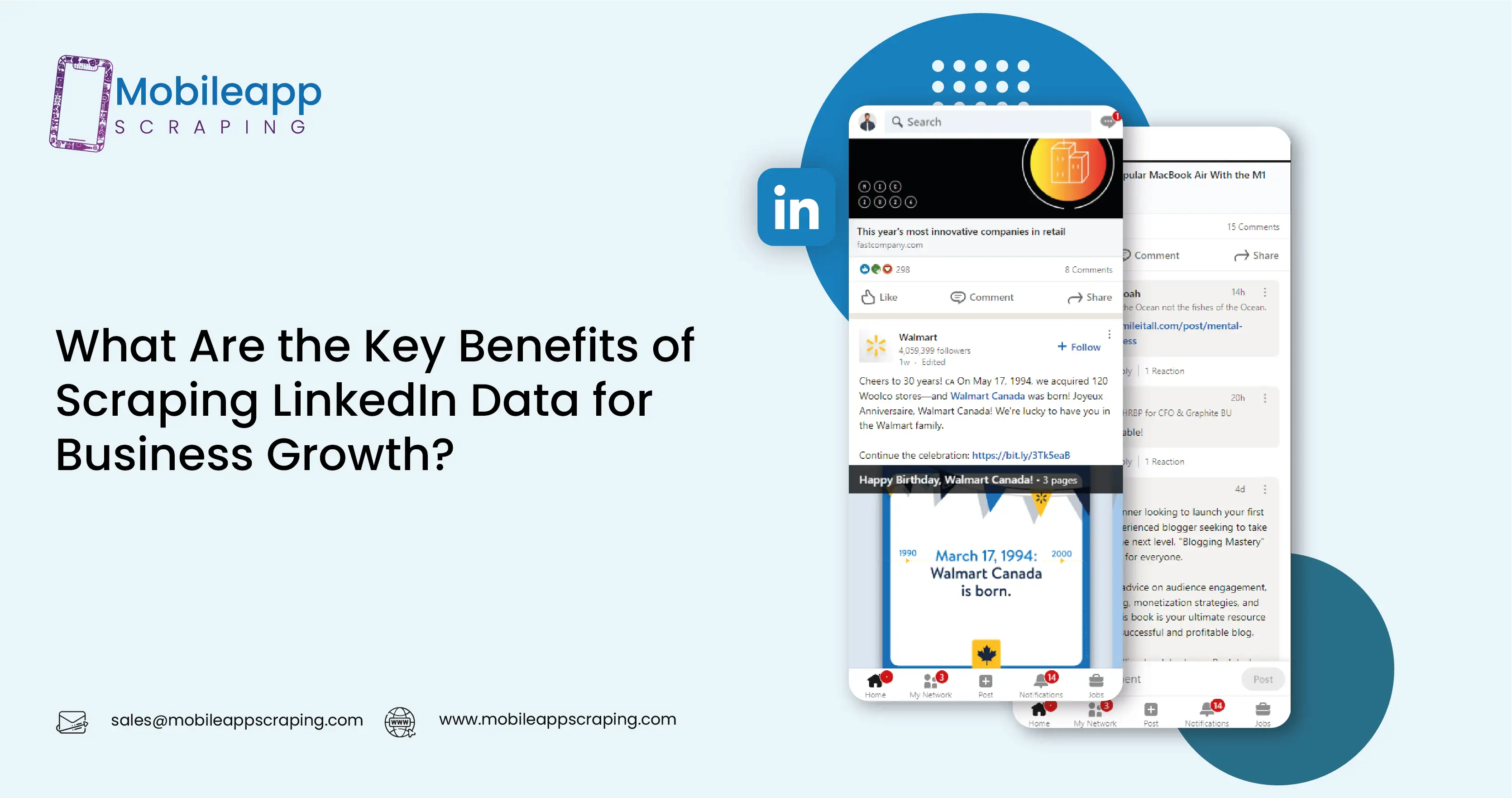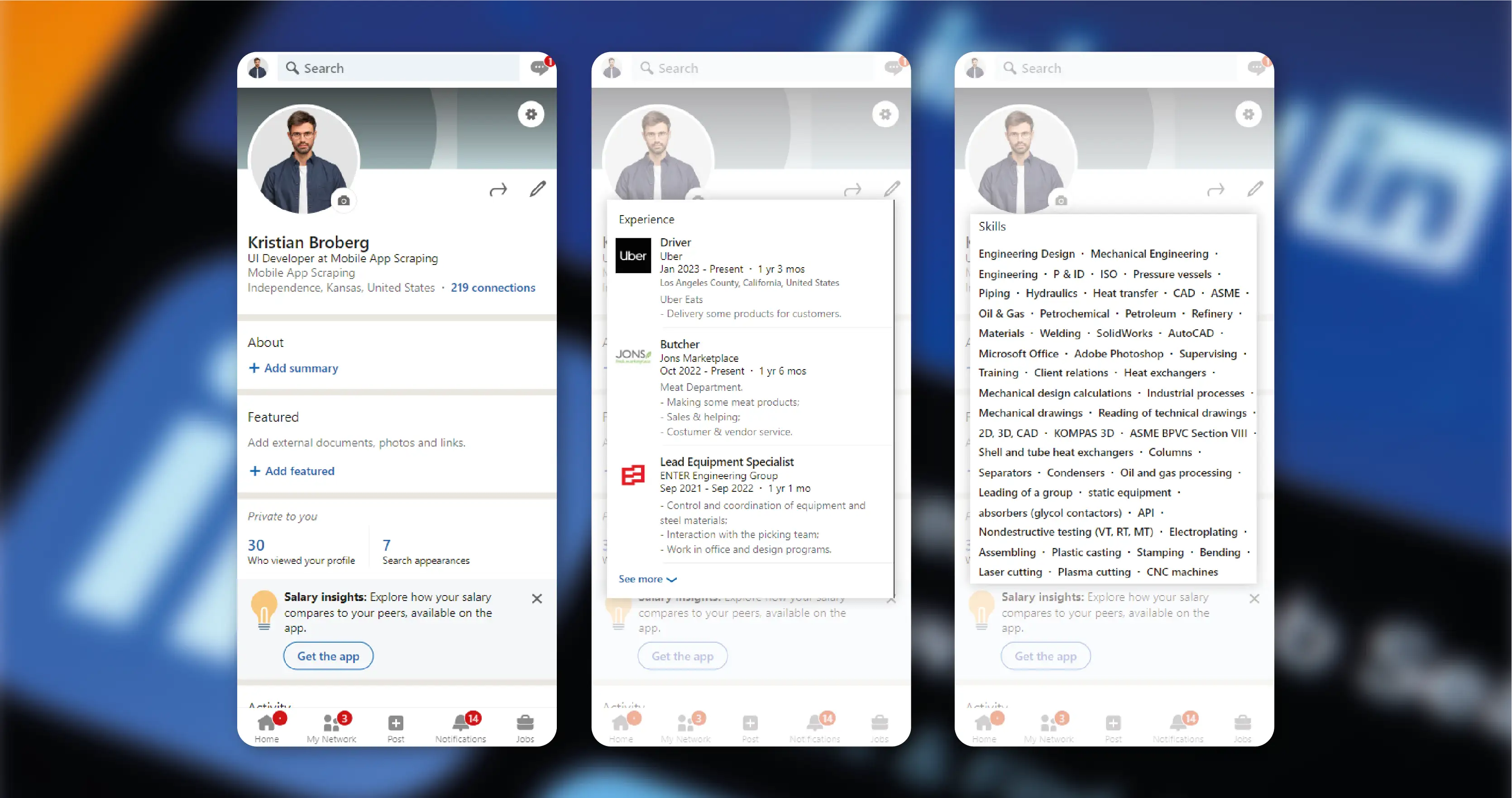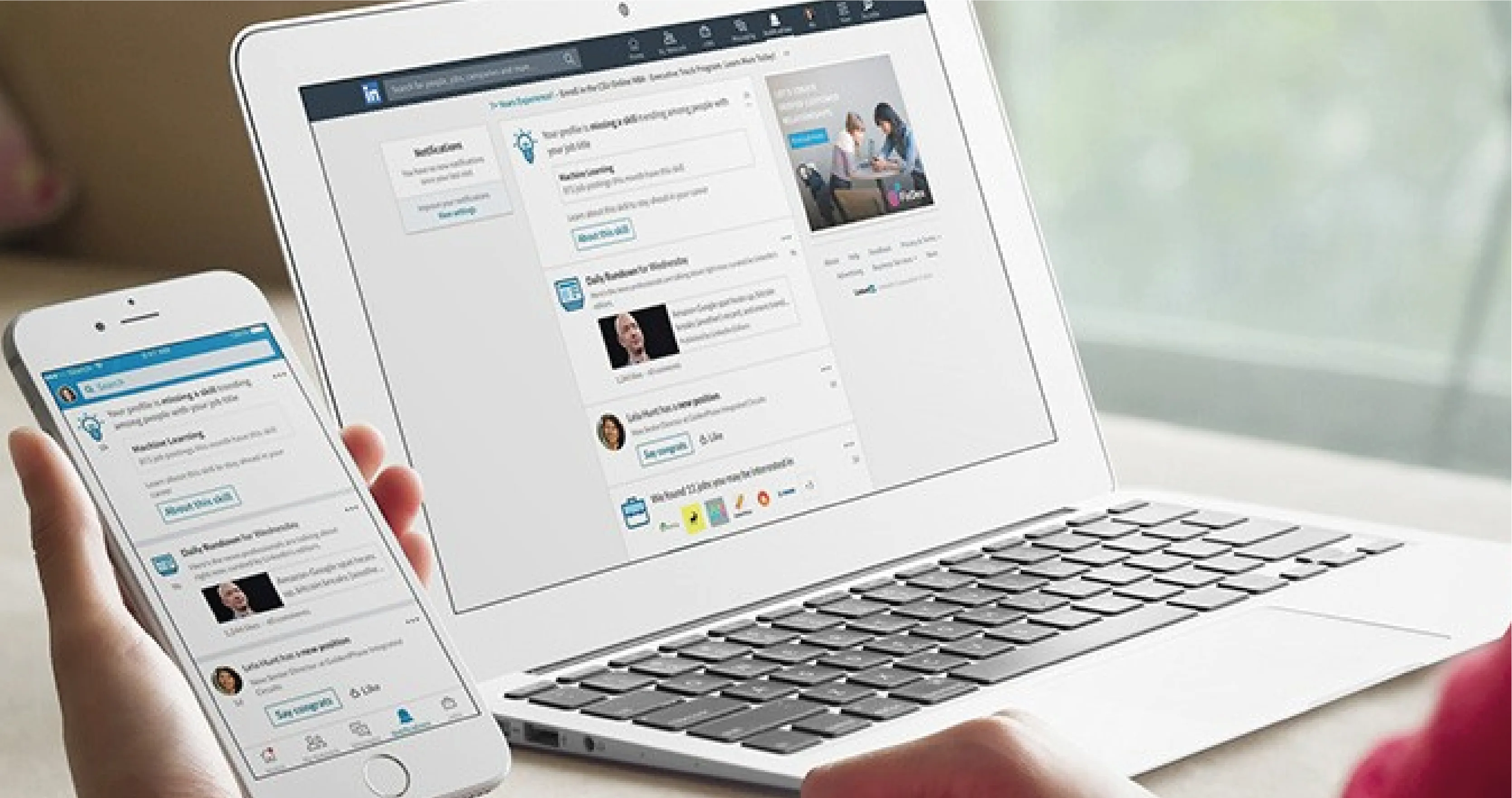

Scraping LinkedIn data collects valuable insights for recruitment, market analysis.

In the digital age, social media platforms serve as invaluable data sources, offering insights into consumer behavior, market trends, and societal dynamics. Social media data scraping involves programmatically extracting information from these platforms, enabling analysis and decision-making across various domains. Among these platforms, LinkedIn stands out as a hub for professional networking, job-seeking, and business development. LinkedIn data collection is crucial because it provides rich insights into professional demographics, skill sets, industry trends, and recruitment patterns.
By scraping LinkedIn data, businesses access a wealth of information for market research, competitor analysis, and talent acquisition. Researchers utilize LinkedIn data to study labor market dynamics, career trajectories, and workforce diversity. Recruitment agencies leverage scraped data to identify potential candidates and track industry trends. Furthermore, LinkedIn data collection enables personalized marketing strategies and targeted advertising campaigns.

When scraping data from the LinkedIn mobile app, various types of information can be collected, providing insights into users’ professional activities and preferences. Some of the critical types of data that can be scraped from the LinkedIn mobile app include:

Scrape LinkedIn profiles and company data to gain many benefits across various domains. Here are seven key reasons why scraping this information is valuable:
Talent Acquisition: Companies can use scraped LinkedIn profiles to identify potential candidates for job openings. By analyzing candidates’ skills, experience, and endorsements, recruiters can efficiently source talent that aligns with their organization’s needs.
Competitive Analysis: Scraping data from competitor profiles and company pages on LinkedIn provides valuable insights into their workforce, industry connections, and strategic initiatives. This information helps businesses benchmark their performance, identify market trends, and refine their strategies to gain a competitive edge.
Market Research: LinkedIn scraping enables researchers and businesses to analyze industry trends, market dynamics, and consumer preferences. By aggregating data from company pages, job postings, and professional profiles, analysts can generate valuable market insights to inform business decisions and strategic planning.
Lead Generation: B2B marketers can use LinkedIn data scrapers to generate leads and build prospect lists. By extracting data from relevant company pages and professional profiles, marketers can effectively identify potential clients, understand their needs, and tailor their outreach efforts.
Networking and Relationship Building: Professionals can leverage scraped LinkedIn data to expand their professional networks and build meaningful relationships. By analyzing profiles of industry peers, influencers, and thought leaders, individuals can identify networking opportunities, establish connections, and engage in collaborative endeavors.
Sales Prospecting: Sales professionals can use scraped LinkedIn data to identify potential leads and prospects. By analyzing company pages, employee profiles, and industry trends, sales teams can prioritize their outreach efforts, personalize their messaging, and drive more effective sales conversations.
Industry Insights and Thought Leadership: Scraped LinkedIn data can be used to identify industry trends, emerging topics, and thought leaders within specific sectors. By analyzing LinkedIn discussions, posts, and engagement metrics, professionals can stay informed about industry developments, share valuable insights, and establish themselves as thought leaders in their respective fields.
Scraping LinkedIn profiles and company data provides valuable insights for talent acquisition, competitive analysis, market research, lead generation, networking, sales prospecting, and thought leadership. However, when scraping information from the platform, it’s essential to comply with LinkedIn’s terms of service and data privacy regulations.
